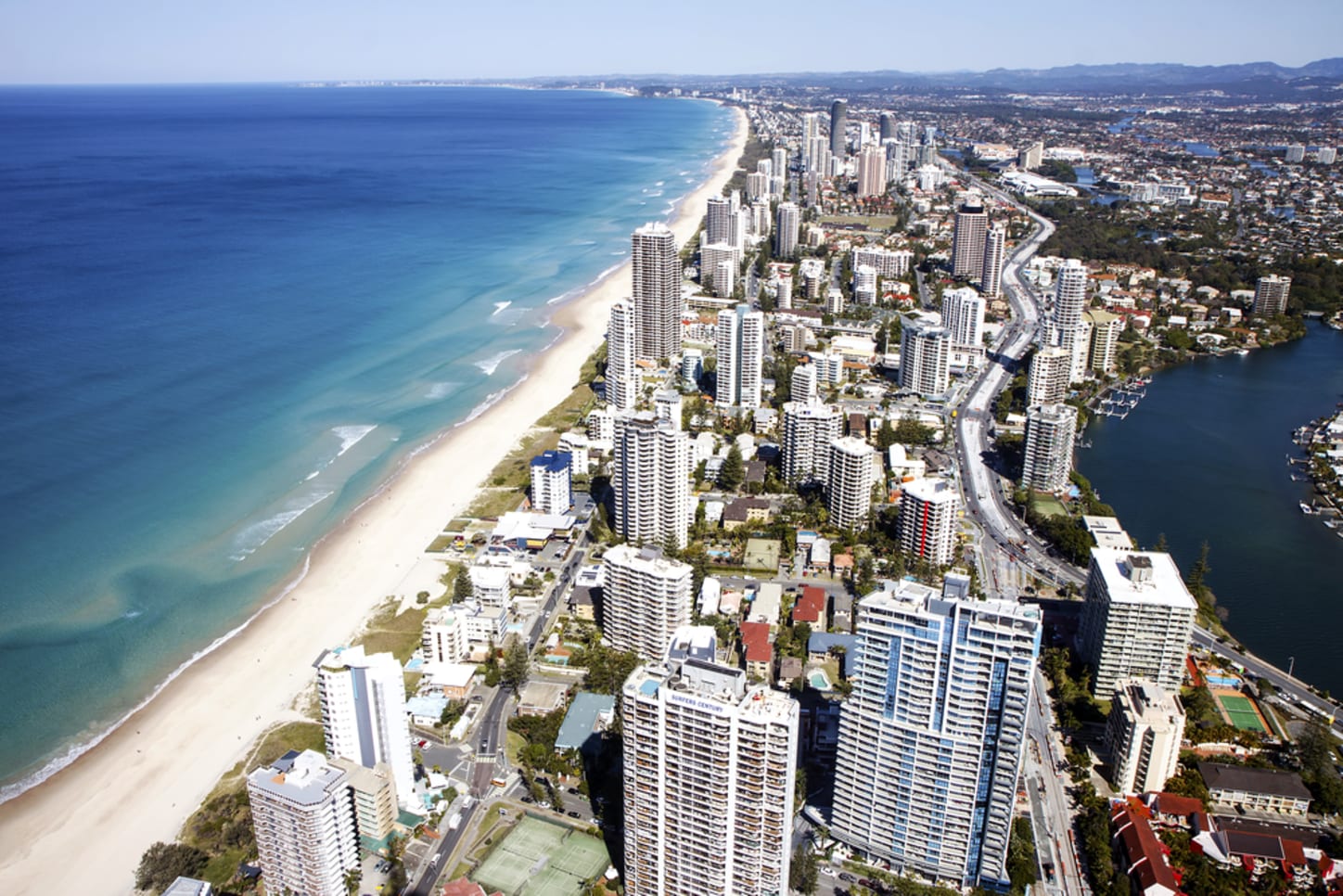The conservative Queensland state government has called for action on emissions reductions to be deferred, saying that economic growth should not be impeded, and low emissions technologies should only be deployed “when society is wealthier.”
The government of one of the richest states in one of the world’s wealthiest economies – and with the highest emissions per capita – argues that “action now runs the risk of being expensive yet ineffective and harmful to those in the community least able to afford the additional costs.”
The assessment by Energy Minister McArdle, in his submission to the Renewable Energy Targt Review, runs counter to most economic analysis, which shows that early action is important because it will end up being cheaper.
The International Energy Agency, a conservative institution based in Europe, highlighted in a recent report that delays in decarbonising the world’s electricity markets had already lifted the cost of combating climate change by $8 trillion to $44 trillion. But it says these costs can be offset three-fold by reduced fossil fuel costs.
Queensland, however, wants to dig up and extract and sell all its fossil fuels. Premier Campbell Newman has made it his mission to do so, and yesterday we reported on how the state was supporting a proposal to build a new 800MW coal-fired power station in the north, at a cost of $1.8 billion.
The report into that proposal made it clear that the plant would need subsidies from the government to help pay for a transmission line, as well as “protection” from the government against future carbon prices.
But McArdle’s team argues that the RET should be reconfigured so that subsidies to renewables are removed. He takes a leaf out of the book of conservative pin-up boy Bjorn Lomborg, in suggesting that renewables should not be deployed until they are “cost competitive” – which ignores the reality that deployment is the best way to bring down costs such as manufacturing, installation, maintenance and finance.
This is what the submission says:
“In general there is a strong argument that low emissions technologies should not be deployed until they are economically viable in a commercial setting. Society might well benefit more by:
- deferring action to reduce emissions so that the economy’s growth is not impeded;
- allocating funds now to research and develop low emissions generating technologies which are capable of performing comparably to existing fossil fuelled generating plant; and
- in the future when society is wealthier, deploying the new low emissions technologies at times when doing so does not diminish welfare.
“Action now runs the risk of being expensive yet ineffective and harmful to those in in the community least able to afford the additional costs.”
By Queensland’s own admission, it has built hardly any large-scale renewable projects, despite the RET being in place for many years. No wind farms have been built, and McArdle can only point to a $120 million, 38MW cogeneration plant that generates enough electricity for one-third of Mackay.
At the small-scale, however, Queensland has installed 1.1GW of rooftop solar on one in six of the state’s households. This is frustrating the government, because the state-based tariffs were so generous that 84,000 houses now don’t pay a bill, meaning that the state-owned network assets are losing out on revenue.
Queensland argues that renewable generation should only occur in instances where new generation is required, or traditional generators reach the end of their economic lives.
“It should not be brought forward until the wholesale market has clearly signalled a need for it through appropriate price signals set by the balance of supply and demand.”
Such a move would likely defer any renewable projects for a decade, according to the recent demand update from the Australian Market Operator. It is also blatant self-interest: Queensland has had to close down significant amounts of coal and gas capacity in the last 18 months, blaming the impact of solar. It is now trying to sell those assets.
The submission also notes that the cost of the LRET to consumers is $3.95/MWh. Some perspective is needed here. The average household pay $280/MWh for their electricity, not including a fixed charge of more than $300 a year. Rising gas prices and network costs have accounted for the bulk of increases in the latest year.








